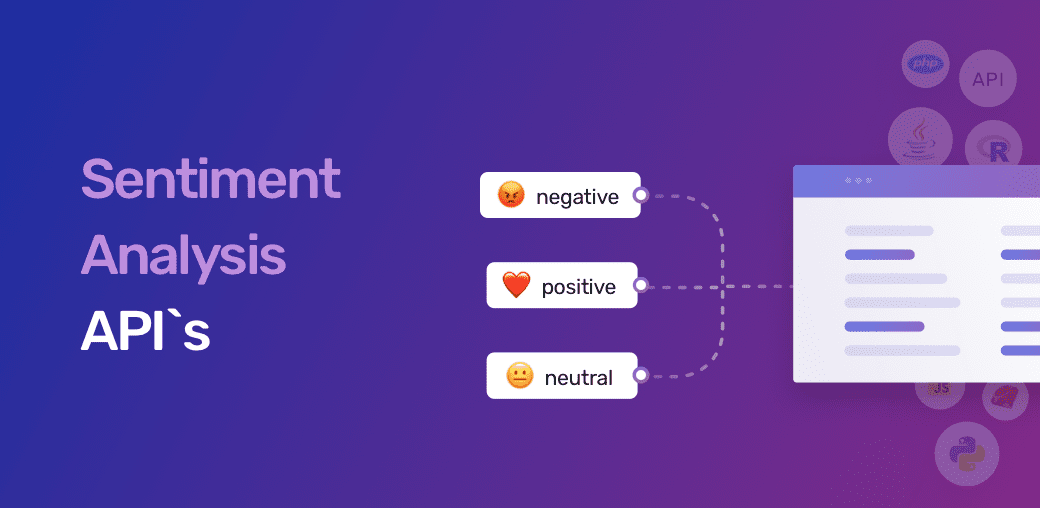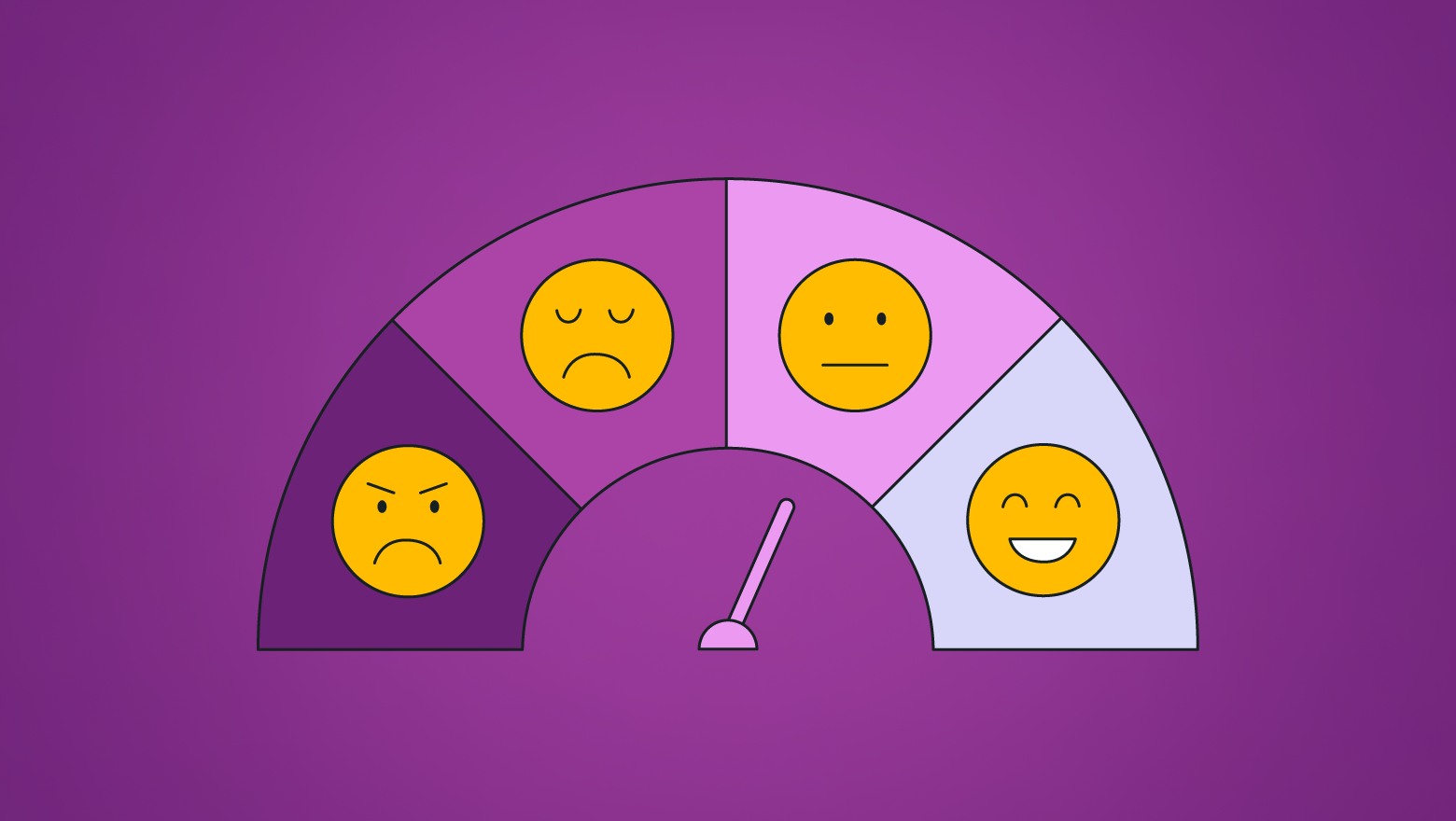In the fast-paced digital era, understanding the sentiments and opinions of online content has become an essential component of effective marketing, reputation management, and decision-making. With the surge in social media and online interactions, businesses and individuals alike are seeking ways to gauge the sentiment of discussions surrounding their brands, products, or services. This is where online sentiment analysis tools step in, offering a valuable means to decipher the emotional tone behind the text. In this article, we will explore the significance, functionality, and benefits of online sentiment analysis tool.
Online Sentiment Analysis Tool: Unveiling the Emotions Behind Online Discourse

Online sentiment analysis is a cutting-edge technology that involves using specialized algorithms and linguistic analysis to determine the emotional tone of a piece of text. Whether it’s customer reviews, social media posts, or news articles, sentiment analysis can provide valuable insights into how people feel about a particular topic, product, or brand.
Why Sentiment Analysis Matters
In today’s hyper-connected world, where information spreads at the speed of light, reputation is everything. People trust the opinions of others, and negative sentiments can quickly tarnish a brand’s image. Sentiment analysis allows businesses to stay ahead of potential issues by identifying negative sentiment and addressing it promptly.
Furthermore, sentiment analysis goes beyond just reputation management. By analyzing the emotions expressed by customers, companies can gain deeper insights into their preferences and pain points, driving informed decision-making and product improvement.
How Online Sentiment Analysis Works
Online sentiment analysis employs a combination of Natural Language Processing (NLP) and machine learning algorithms. NLP enables the tool to understand the nuances of human language, including sarcasm and context, while machine learning algorithms learn from vast amounts of labeled data to accurately classify text as positive, negative, or neutral.
Text classification forms the core of sentiment analysis, where algorithms assign a polarity score to text based on prevalent emotions. This involves analyzing keywords, sentence structure, and even the placement of words within a sentence.
Benefits of Utilizing Sentiment Analysis Tools
One of the primary advantages of sentiment analysis tools is the ability to access real-time insights. Businesses can monitor ongoing conversations about their brand and respond proactively. Additionally, sentiment analysis provides a window into the competition, allowing companies to identify areas where they excel or lag.
In terms of crisis management, sentiment analysis can be a game-changer. By detecting negative sentiment early, companies can take immediate steps to rectify the situation, preventing a full-blown crisis.
Choosing the Right Online Sentiment Analysis Tool
When selecting a sentiment analysis tool, it’s essential to consider features such as accuracy, scalability, and customization. The tool should be capable of handling large volumes of data without compromising the accuracy of its analysis. Customization options are crucial to ensure that the tool aligns with the specific goals and industry of the user.
Integration and Implementation
To maximize the benefits of sentiment analysis, integration with social media platforms and other communication channels is crucial. This enables businesses to gather insights from a wide range of sources and respond directly to customer feedback. Application Programming Interfaces (APIs) play a pivotal role in seamlessly integrating sentiment analysis into existing systems.
Challenges and Limitations
While sentiment analysis has come a long way, challenges persist. Contextual understanding remains a hurdle, as words can carry different meanings in various contexts. Additionally, slang, sarcasm, and the use of emojis can confuse algorithms, leading to inaccurate analysis.
Ethical Considerations
As with any technology, ethical concerns surround sentiment analysis. Privacy is a significant issue, as the tool often processes personal data. Moreover, bias in sentiment analysis can lead to skewed results, making it essential to ensure that the tool is trained on diverse and representative datasets.
Future Trends in Online Sentiment Analysis Tool
The future of sentiment analysis holds exciting possibilities. Emotion detection, which goes beyond positive and negative sentiments, aims to identify nuanced emotions like excitement, frustration, and even boredom. Multilingual sentiment analysis is also advancing, allowing companies to understand global sentiments.
The Human Touch in Sentiment Analysis
While technology drives sentiment analysis, the human element remains vital. Automated tools might struggle with understanding complex human emotions, sarcasm, and cultural nuances. A combination of automation and human insight ensures accurate and meaningful analysis.
Conclusion
In the digital age, where every online interaction matters, understanding sentiment is paramount. Online sentiment analysis tool empower businesses to navigate the complex landscape of emotions, enabling them to make informed decisions, enhance their reputation, and foster meaningful connections with their audience. Ready to experience the power of sentiment analysis firsthand? Request a demo from AIM Technologies today and discover how our advanced tools can transform your understanding of online sentiment.
FAQs
How often should I use a sentiment analysis tool?
- It depends on your goals. Regular monitoring is recommended, especially during product launches or significant events.
Can sentiment analysis understand regional slang?
- While some tools can grasp common slang, regional variations might pose challenges.
What happens if sentiment analysis misinterprets emotions?
- It’s important to review results manually to correct any misinterpretations and enhance accuracy.
Is sentiment analysis only useful for businesses?
- No, individuals can also benefit by analyzing public opinion about personal brands or social causes.
How do sentiment analysis tools handle multilingual content?
- Many tools support multiple languages, but accuracy might vary based on the complexity of the language.




